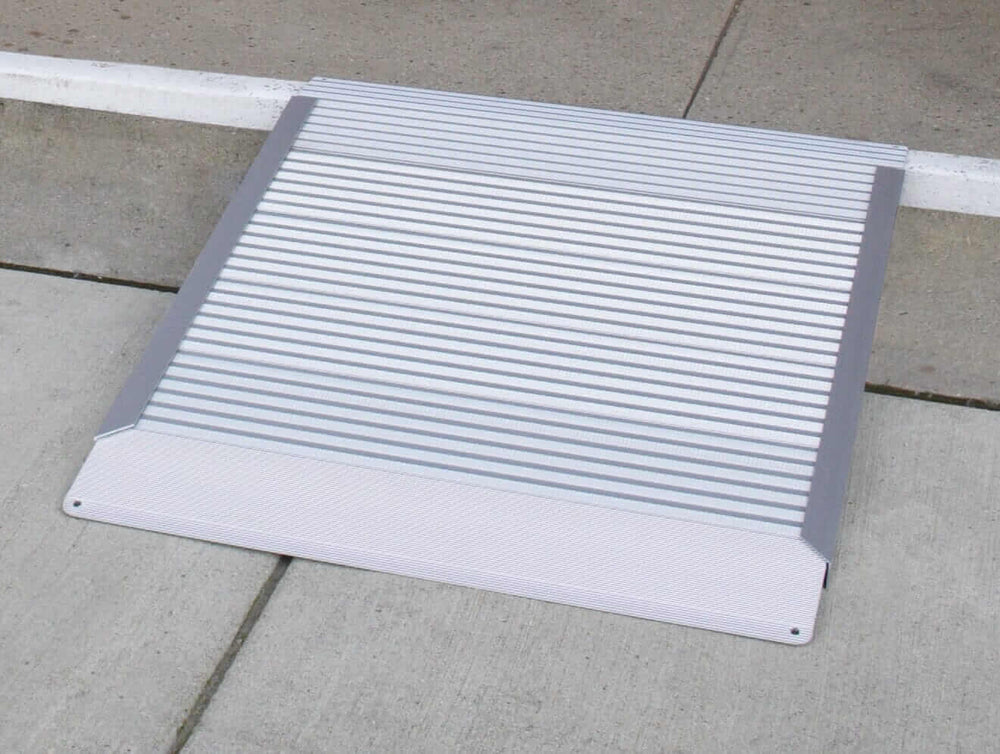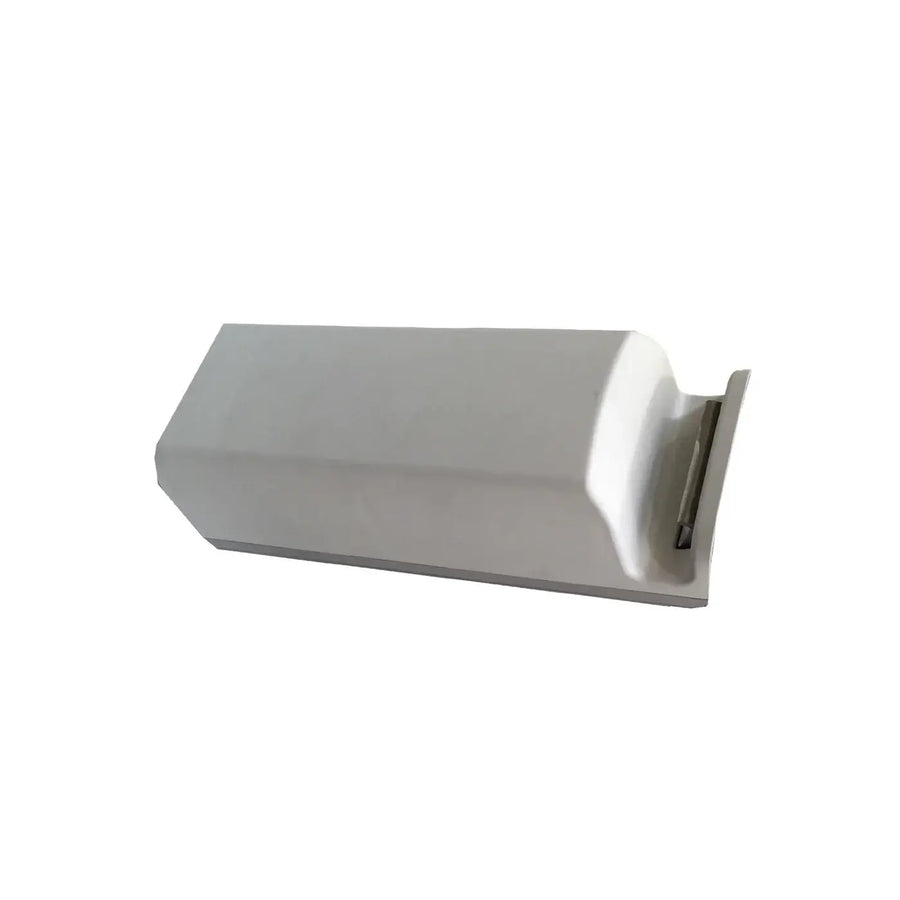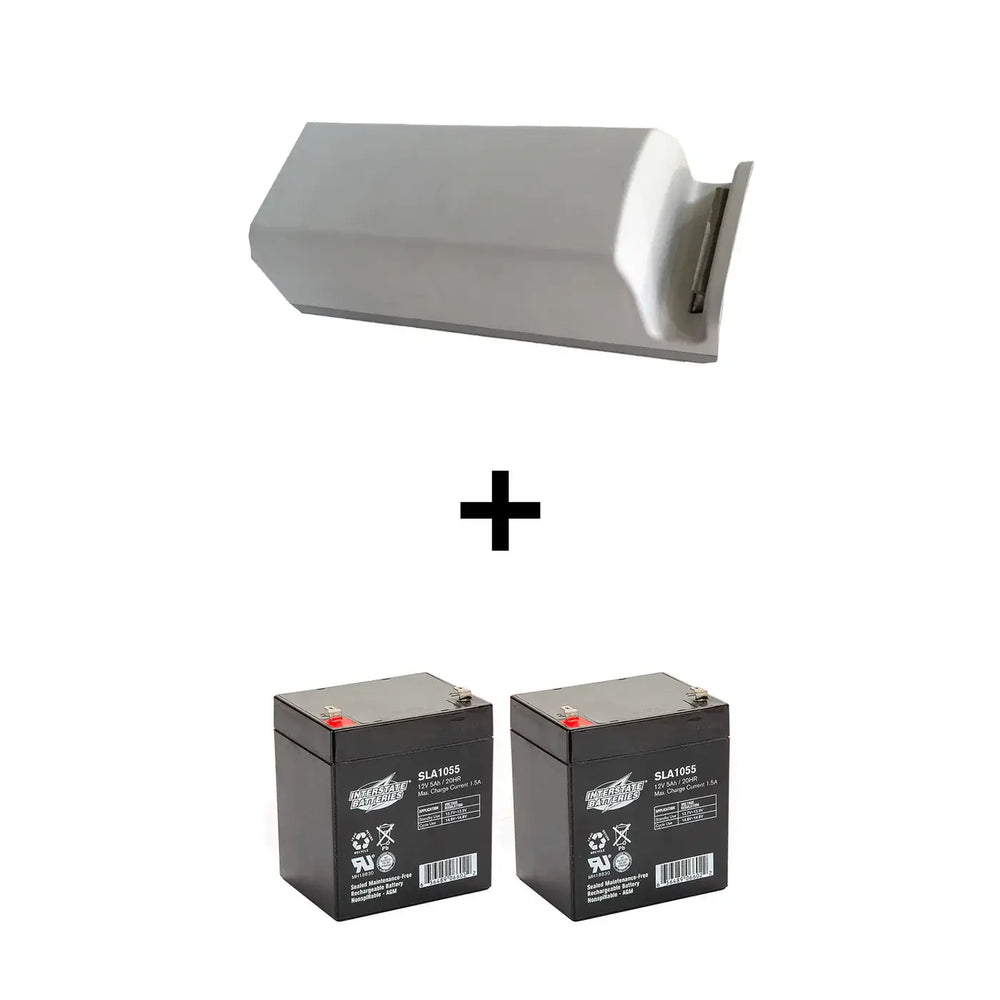Breaking Down the Basics of Ramp Engineering for Better Accessibility
Ramp engineering is a field where precision and functionality merge to create accessible pathways for everyone, especially individuals with mobility challenges. Ramps serve as vital conduits, ensuring that accessibility is a right, not a privilege. From the design of wheelchair ramps to the construction of handicap ramps for homes, understanding the fundamentals of ramp engineering is key to creating inclusive spaces. Let's explore the essential principles behind ramp construction and how following best practices can enhance accessibility for all.

Understanding the Fundamentals of Ramp Engineering
At the core of ramp engineering lies a careful balance between slope, landing space, handrails for wheelchair ramps, and surface texture. These elements ensure that ramps for disabled people, such as wheelchair and handicap ramps, provide safe and reliable access. The slope is particularly important, as regulations like the ADA ramp guidelines dictate the maximum gradient for wheelchair ramps for homes and public spaces. Well-designed threshold ramps and portable wheelchair ramps make it easier for individuals to navigate both permanent and temporary installations.
Handrails offer essential support, especially on metal wheelchair ramps for homes or wooden handicap ramps. They must meet specific height and graspability standards to provide safety. Surface texture also plays a crucial role, especially for rubber threshold ramps or folding wheelchair ramps, as they increase traction, reducing the risk of slips. Additionally, understanding the weight capacity of a wheelchair ramp for stairs is critical to maintaining structural integrity. Proper calculations ensure that ramp wheelchair ramps can withstand daily use, whether they are portable ramps for steps or fixed aluminum wheelchair ramps.
Design Considerations and Regulations in Ramp Construction
When designing disabled ramps for wheelchairs, adhering to accessibility guidelines is paramount. ADA curb ramps and ramp for home wheelchair setups must meet strict standards regarding slope, dimensions, and handrails for ramps. Compliance ensures that ramps for homes and public facilities cater to a broad range of users, from individuals with disabilities to the elderly.
Universal design principles, which focus on inclusivity, are also essential in building a wheelchair ramp. By integrating these concepts, ramps transcend mere compliance and become accessible ramps for homes that cater to the diverse needs of a community. Additionally, the placement of ramps, whether it's a ramp for a scooter or portable wheelchair ramps for stairs, must be carefully planned to avoid traffic flow disruptions. Proper positioning ensures that ramps for houses blend seamlessly into the existing environment, whether you're installing a wooden disabled ramp or a temporary handicap ramp.
Implementing Best Practices for Accessible Ramp Installations
The successful installation of handicap ramps for homes involves a holistic approach that takes user experience into account. Features such as contrasting color strips or tactile indicators on ramps for wheelchairs can assist individuals with visual impairments. This enhances the usability of both permanent ramps for homes and portable disabled ramps.
Maintenance is also key to ensuring the longevity of wheelchair ramps for steps and portable handicap ramps for stairs. Regular inspections can identify any wear or obstacles, ensuring the ramp remains safe. Whether it's a metal handicap ramp or a wooden ramp for wheelchairs, routine upkeep maximizes accessibility and durability.
Collaborating with users and professionals during the construction of handicap ramps for wheelchairs offers valuable insights into optimizing designs. Feedback can inform changes to ramp for wheelchair for home projects and moveable wheelchair ramps, ensuring they meet the specific needs of the community.
Paving the Path to Inclusivity
In the world of ramp engineering, the journey to improved accessibility is ongoing. By following best practices and complying with regulations for handicap ramps and disability ramps for home, we can pave the way for a more inclusive society. Each aluminum ramp wheelchair or temporary wheelchair ramp built represents a step towards removing barriers and providing ease of movement for all.
By prioritizing accessible ramp design, such as folding aluminium ramps and portable wheelchair ramps for steps, we contribute to a future where everyone, regardless of mobility challenges, can navigate spaces with dignity and independence.
Let Us Know What You Think!
Your thoughts and questions are incredibly valuable to us, and we'd love to hear from you. If you have additional insights to share, your comments can spark meaningful discussions and enhance the collective knowledge of our community. Don't hesitate to ask any questions you may have; our team is here to provide answers and engage with you. So, please, take a moment to leave a comment or question below. Your input is much appreciated!







Leave a comment